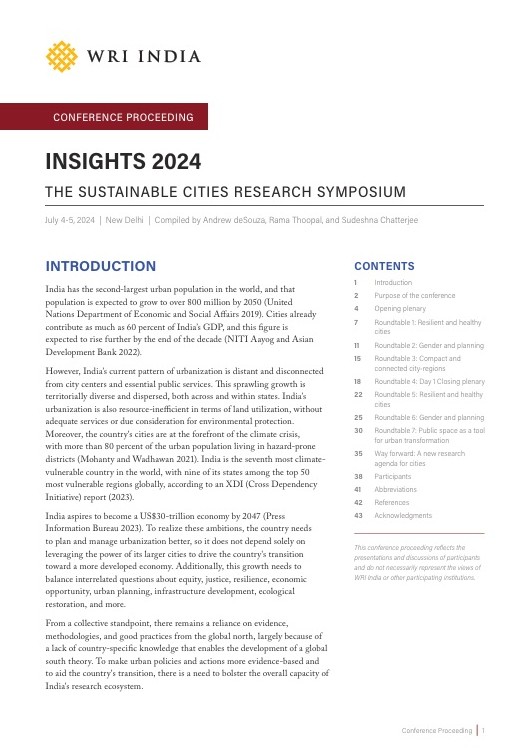Lessons from Kenya for India's Adaptation Initiatives
by -
Locals around Aberdare National Park say that the Kenyan Defence Forces hold a gun in one hand to protect the country from external threats and a seedling in another to protect an internal enemy - hazards of deforestation. Green Belt Movement (GBM), since its inception in 1977 by Nobel Laureate Prof. Wangari Mathai, has worked with locals and Kenyan Defence Forces to plant over 51 million trees in Mount Kenya, Aberdare and Mau complex - three of five major mountain ecosystems of Kenya.
WRI India's Climate Resilience Practice and Restoration teams work closely with the National Bank for Agriculture and Rural Development (NABARD) on resilience planning and landscape restoration in India. WRI India organised an exposure visit for top NABARD officials from all over the country to GBMs project sites. The aim of the visit was to give NABARD a brief look at mountain-based restoration approaches which have resulted in restored degraded land, improved hydrological functions by empowering communities, and diversification of livelihoods to help them adapt to changing climate and environmental stresses.
Bamboo Plantation
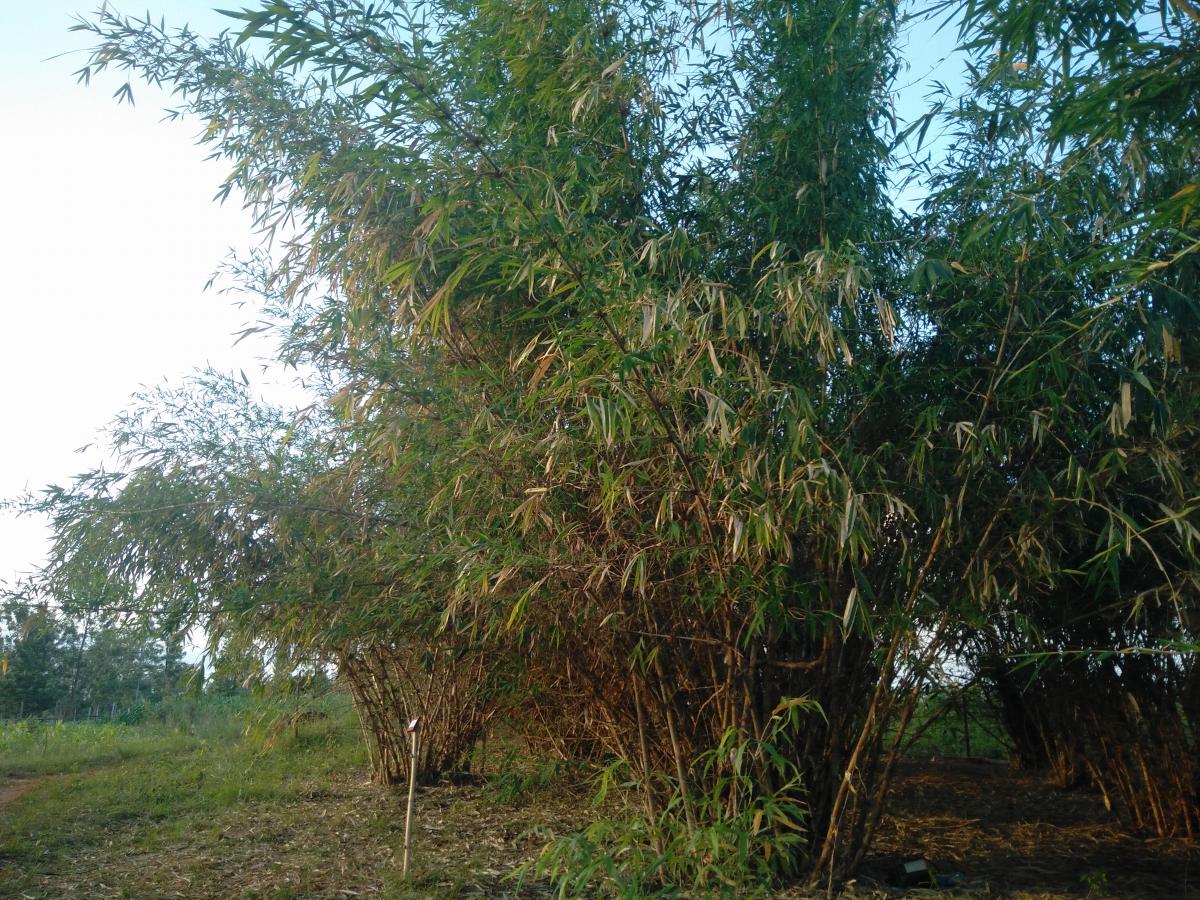 The bamboo plantation owned by GBM
The bamboo plantation owned by GBM
The group visited a bamboo plantation owned by GBM and operated by a group of 15 local women. The plantation is a research project intended to reduce fuelwood pressure on natural forests by providing a sustainable source of fuel and livelihood in the form of bamboo farming. WaterStone, Norway funded the project which started in 2013, to experiment their 'bamboo forest cover design' concept. The concept aims to show how the diversity and utility of bamboo can benefit rural communities in Africa in terms of environmental, social, and economic gains.
Gakanga Valley
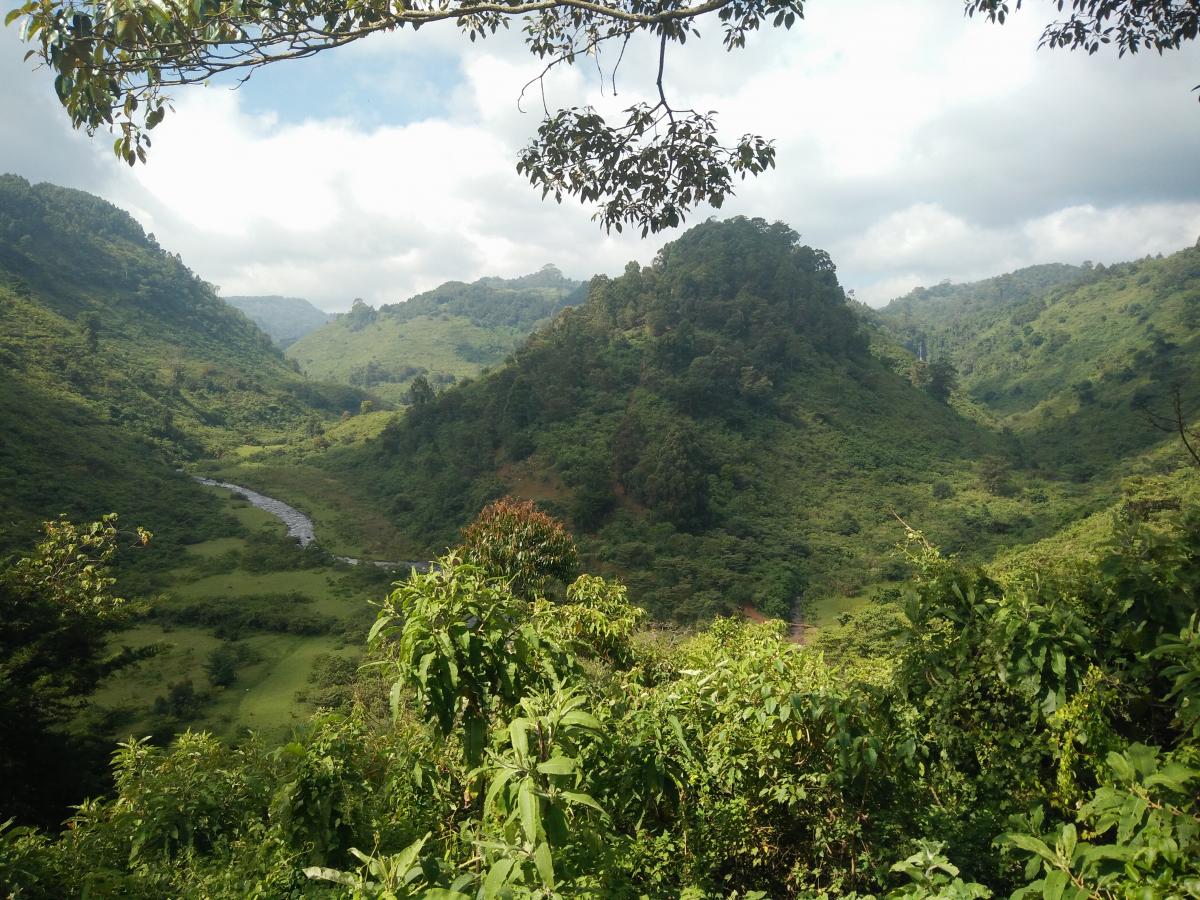 Restored Gaganka Valley
Restored Gaganka Valley
The next day began with a visit to the restored Gakanga valley in the Zania forest, which was completely barren in the 1960s due to intensive farming and deforestation promoted by the then British government. In the 1970s, with support from Kenya Forest Service and locals, GBM started a reforestation programme. This programme rehabilitated the families from the forest, those who were responsible for deforestation and who were at risk from flooding and landslides caused in part by this degradation of land. GBM established tree nurseries, trained locals in the art of seed collection, growing seedlings, planting trees, monitoring the plants and sustainable resource use. Due to this massive campaign, the forest boasts of perennial rivers reaching the Indian Ocean, a return of wildlife to the region, and the restoration of soil and watersheds resulting in better crop productivity.
Tea Plantations, Aberdare
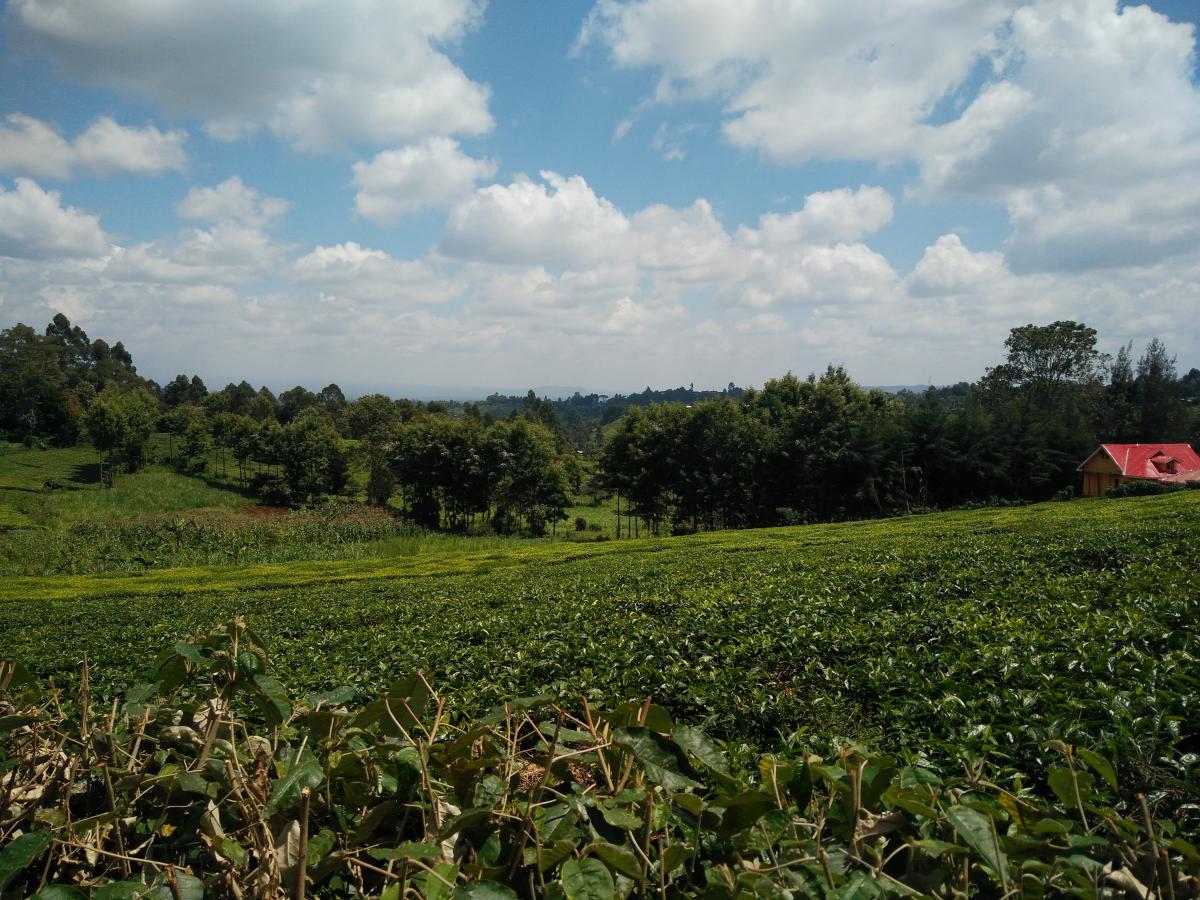 Tea plantations near Aberdare Forest
Tea plantations near Aberdare Forest
During a visit to the tea plantations which border the Aberdare Forest Reserve we observed how farmers have included landscape management principles in small estates. These estates sit on top of hills that deliver water to the Sagana micro catchment which provides water for irrigation to farmers downstream. The tea farmers help in restoring the riparian areas of small streams by growing trees, and multi-cropping napia grass with sweet potatoes and beans. This form of land management which in informed by nutrient studies has also helped tea farmers diversify to animal husbandry, and thus improve food security.
Coffee Plantation, Nyeri
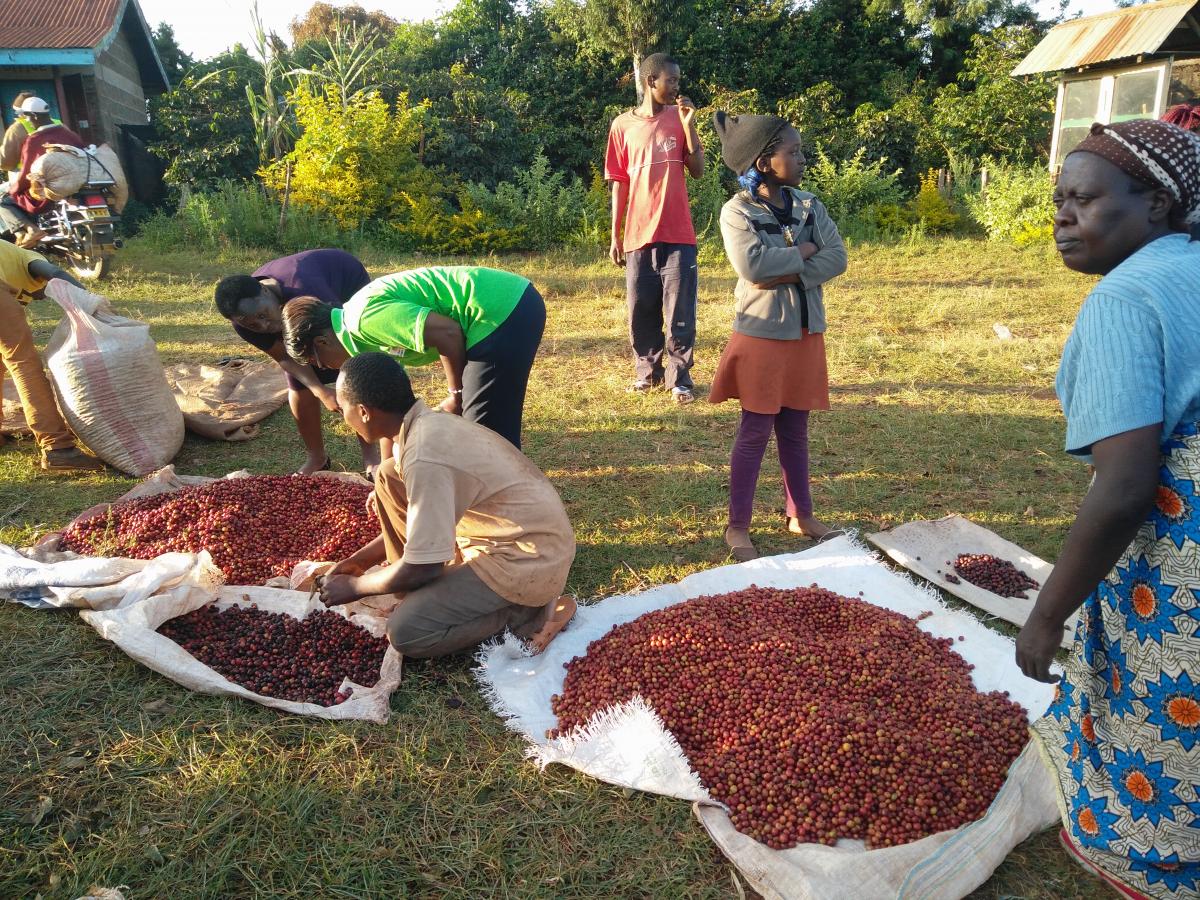 Sorting coffee beans at the coffee plantation in Nyeri
Sorting coffee beans at the coffee plantation in Nyeri
The coffee plantation of the Nyeri county also boasts of sustainable land management practices like the tea farmers. Farmers grow arrow roots, carrots, beans, sweet potatoes, cabbages, potatoes, and napia grass along with coffee in 5 acre plots. GBM is working with over 7000 farmers in the area to get the coffee certified by the Rainforest Alliance. This certification has high environmental, social, and economic standards that the farmers need to adhere to in return for high valuation of the produce.
Aberdare National Park
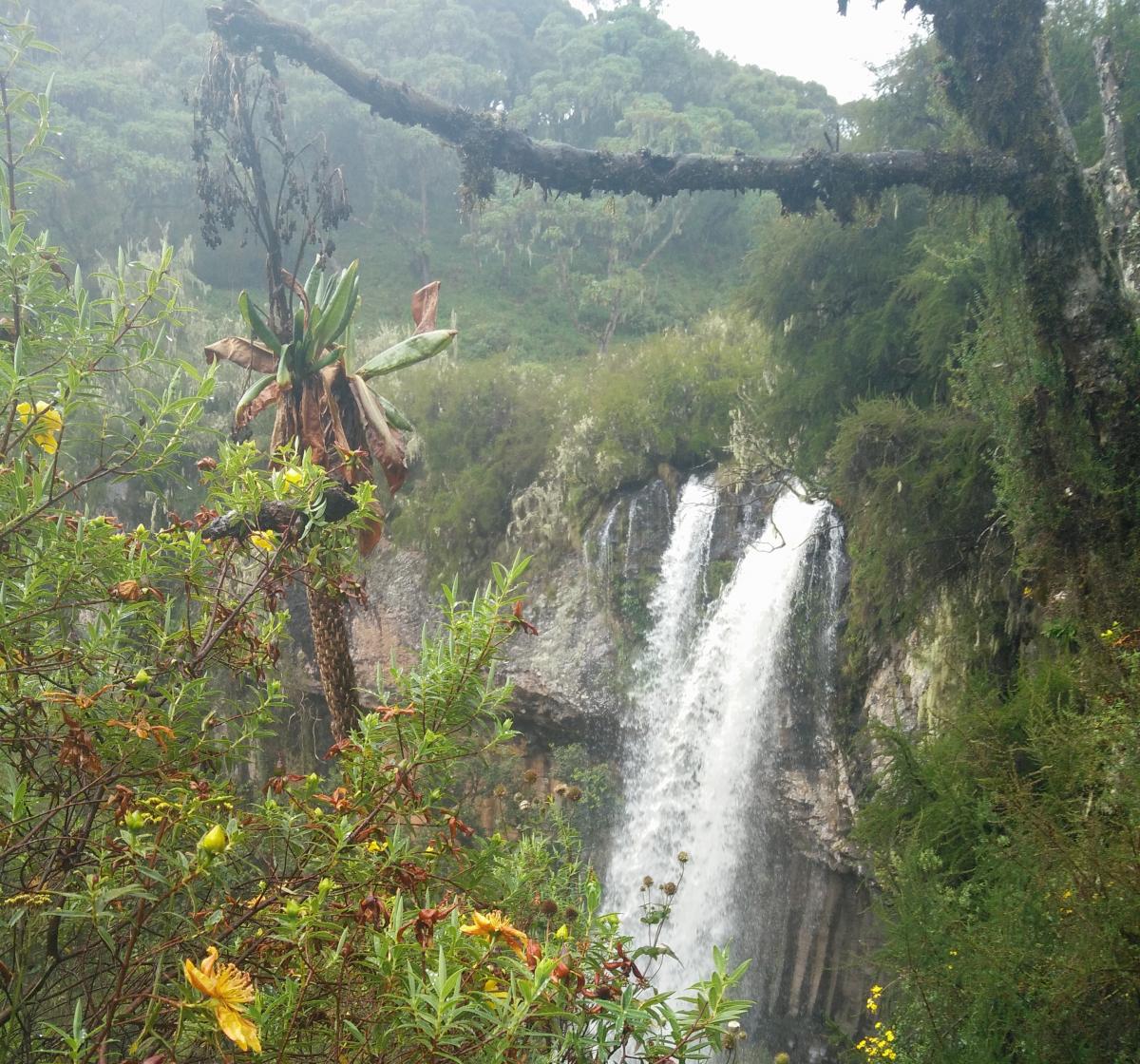 A water tower at Aberdare National Park
A water tower at Aberdare National Park
Next, we passed through the Aberdare National Park which gave us a glimpse of the 'Water Tower' as it is called in Kenya. The Water Tower is quite simply a mountain top which is forested in order to reduce soil erosion and consequential flooding allowing for maximum percolation which feeds rivers and aquifers all year round. All of GBM's efforts around sustainable land management and afforestation have helped preserve this forest which feeds 8 major rivers of the region providing irrigation to many and hydro-electricity for majority of the population.
In addition, the group visited several tree nurseries and small farmers who form the back-bone of GBMs entire operation on the region. While NABARD learnt much from these initiatives, they also provided their thoughts on the approach and suggestions for future work. Being a rural development bank, NABARD has heavily promoted farmer producer associations and market access to small farmers. NABARD officials suggested that since the farmers are doing well in terms of production, the next logical step for GBM would be to connect these various initiatives with market access and scale them.
GBM hosting visitors from NABARD and WRI India
In the course of four decades, GBM's approach of mobilising locals and government to work together has transformed landscapes, livelihoods and communities. These initiatives not only helped conserve natural resources but also increased the median incomes of households by empowering women. These approaches have been scaled up with support from central government, donor agencies by other NGOs as well. A similar initiative was launched by the Indian government in March 2017, with the goal of doubling farmers income through responsible agricultural investments. With India's burgeoning population and natural resource degradation, learning from Kenya and their brave enterprises encourages us to explore the linkages between conservation, responsible investments, and climate adaptation.

